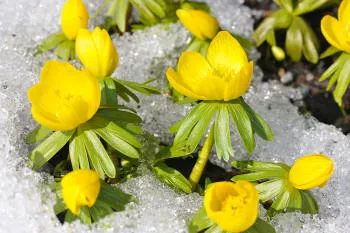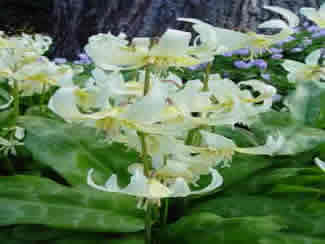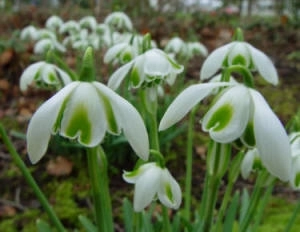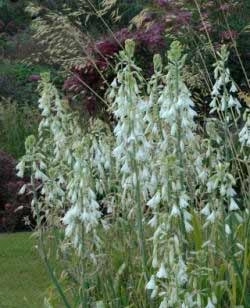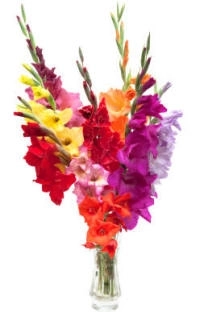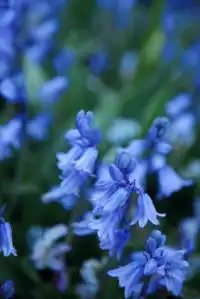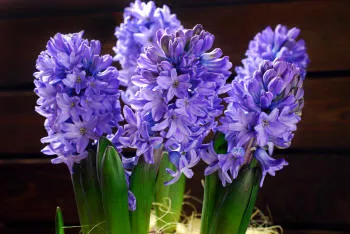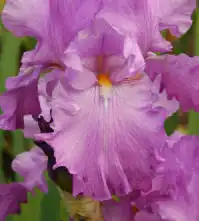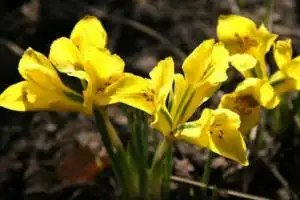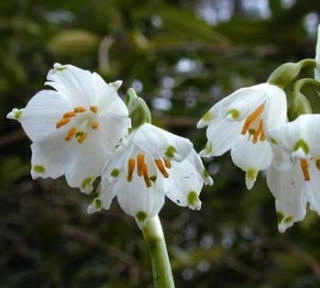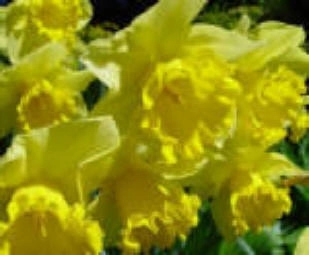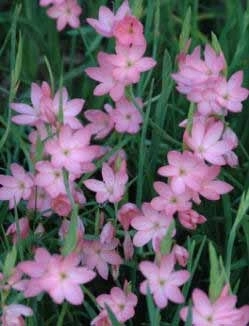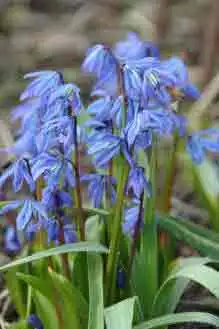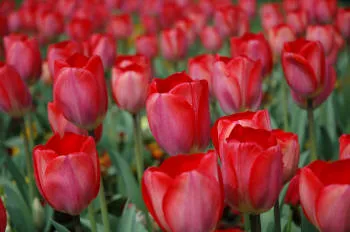We talk here of only one group of Ranunculus - a huge family - and that is the group known as Ranunculus asiaticus. This group of Ranunculus grow from tubers though they are often referred to as Ranunculus Bulbs - flower in spring and die down for the summer months.
These Ranunculus offer a welcome splash of many colours from March until April. They are easy to grow, but so many gardeners fail with them. They are generally to be found as potted flowering plants in garden centres during the late winter or early spring.
These turban-flowered or Peony-flowered Ranunculus are especially suited to growing in containers - from flowering plants bought at the garden centres, and such is their normally low price, that you will have to consider if it is worth the bother trying to store the Ranunculus bulbs them for late summer and early Autumn!
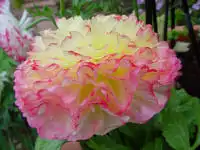

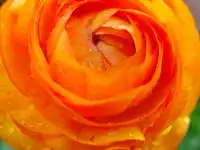
As can be seen from the Ranunculus images above, the colour range is fantastic, and of course, they are a photographer's dream flower. There are many other flower colour variations, and the great thing about buying them as flowering plants, is the fact that you can rummage around the display and choose those that suit or appeal.
